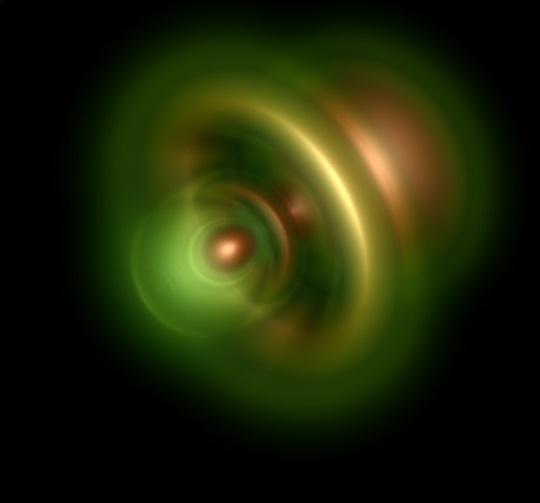November 04, 2016
When light strikes electrons in atoms, their state can change unimaginably quickly. The laser physicists at Ludwig-Maximilians-Universität (LMU) and the Max Planck Institute of Quantum Optics (MPQ) have measured such a phenomenon – namely that of photoionization, in which an electron exits a helium atom after excitation by light – for the first time with zeptosecond precision. A zeptosecond is a trillionth of a billionth of a of a second (10-21 seconds). This is the greatest accuracy of time determination of an event in the microcosm ever achieved, as well as the first absolute determination of the timescale of photoionization.
If light hits the two electrons of a helium atom, you must be incredibly fast to observe what occurs. Besides the ultra-short periods in which changes take place, quantum mechanics also comes into play. If a light particle (photon) hits the two electrons, either the entire energy of the photon can be absorbed by one of the electrons, or a division can take place. Regardless of the energy transfer, one electron leaves the helium atom. This process is called photoemission, or the photoelectric effect, and was discovered by Albert Einstein at the beginning of last century.
It takes between five and fifteen attoseconds (1 as is 10-18 second) from the time a photon interacts with the electrons to the time one of the electrons leaves the atom, as physicists already discovered in recent years (Science, 25 June 2010).
With their improved measurement method, laser physicists can accurately measure events at a rate of up to 850 zeptoseconds. The researchers shone an attosecond-long, extremely ultraviolet (XUV) light pulse onto a helium atom to excite the electrons. At the same time, they fired a second infrared laser pulse, lasting about four femtoseconds (1 fs is 10-15 seconds). The electron was detected by the infrared laser pulse as soon as it left the atom following excitation by XUV light. Depending on the exact electromagnetic field of this pulse at the time of detection, the electron was accelerated or decelerated. Through this change in speed, the physicists were able to measure photoemission with zeptosecond precision. Additionally, the researchers were also able to determine for the first time how the energy of the incident photon quantum-mechanically divided between the two electrons of the helium atom in a few attoseconds before the emission of one of the particles.
“The understanding of these processes within the helium atom provides us with a tremendously reliable basis for future experiments,” explains Martin Schultze, leader of the experiments at the MPQ. The physicists were able to correlate the zeptosecond precision of their experiments with the theoretical predictions of their peers from the Institute of Theoretical Physics at the Technical University of Vienna. With its two electrons, helium is the only system that can be calculated completely quantum mechanically. This makes it possible to reconcile theory and experiment. “We can now derive the complete wave mechanic description of the interconnected systems of electron and ionized helium mother atoms from our measurements,” says Schultze.
With their metrology experiments in zeptosecond time dimensions, the laser physicists have maneuvered another important puzzle piece in the quantum mechanics of the helium atom into position, and thus advanced measuring accuracy in the microcosm to a whole new dimension.
Thorsten Naeser
Original publication
M. Ossiander, F. Siegrist, V. Shirvanyan, R. Pazourek, A. Sommer, T. Latka, A. Guggenmos, S. Nagele, J. Feist, J. Burgdörfer, R. Kienberger and M. Schultze
Attosecond correlation dynamics
Nature Physics, 7 November 2016, doi: 10.1038/nphys3941















